AARP Hearing Center

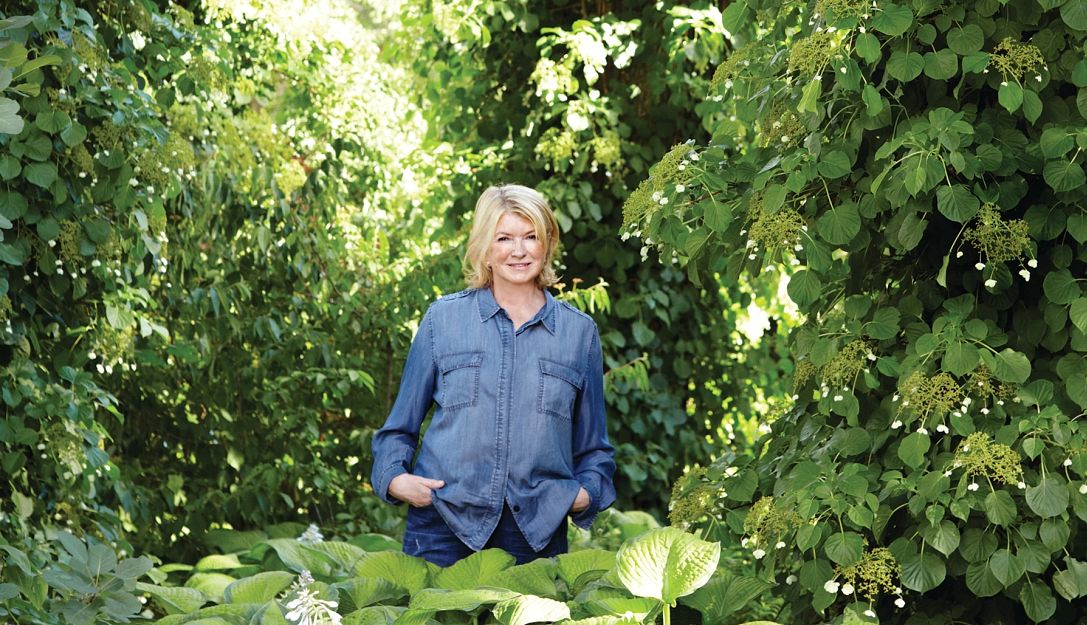
Martha Stewart’s name is virtually synonymous with the pursuit of perfection at home and in the garden. She’s taught multiple generations of readers, followers and viewers how to elevate their everyday living, be it through a meal, a room or a landscape. She’s faced setbacks, belittling one-liners and criticism only to emerge all the more confident; a larger-than-life personality who seems to be perpetually in on the joke.
Stewart, 83, hasn’t just bloomed where she’s been planted. She’s thrived — and then quite literally written the book (or more than a hundred of them) on how we can do the same.
This month, she releases Martha Stewart’s Gardening Handbook, a more than 300-page tome that will surely become an essential reference for gardeners of all levels — and demonstrates the vast expertise Stewart has cultivated over the years.
“The more you know, the better you are,” Stewart tells AARP. “That’s really the first rule of gardening: Learn, learn, learn before you start to plant.” And Stewart, as always, is a willing teacher. The book contains all the material you might associate with her — big-picture planning tips, thoughtful design guides, vivid photographs touting beautiful possibilities. But it also does the crucial work of connecting dots between big garden dreams and the work it takes to achieve them. “A thriving garden cannot be rushed,” she writes, and the encyclopedic material that follows only further reinforces that mantra.

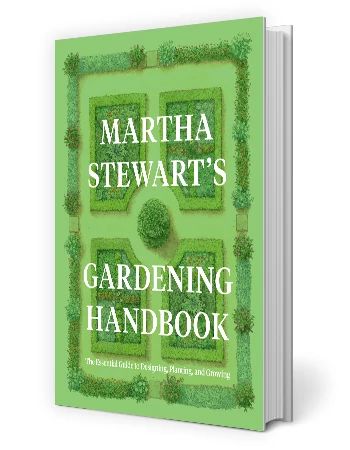
Consider rose gardens, which make up just a fraction of the book’s larger segment on specialty gardens. In addition to practical tending tips — think pruning or deadheading — Stewart shares how to pick color palettes or plant varieties with different bloom times. Readers can also learn how to choose healthy plants from a store, understand which location might be best for their rosy retreat, and even peruse a visual guide to cutting roses.
“A garden can be anything you want it to be,” she writes. “But having a blueprint upon which to cast your desired design will help you achieve that.”
Of course, it wouldn’t be a Martha Stewart book without some guidance on how to use the fruits of your labor — such as a yearly calendar for planning, planting and harvesting.
“I’m especially proud of what I do with the things that I grow,” Stewart tells AARP over the phone from her home in Bedford, New York. Amid extensive chapters on trees and shrubs, specialty gardens, edible crops and cutting flowers, readers can expect how-to guides on flower arranging or pickling their fresh harvests for long-term preservation. AARP caught up with Stewart about the book, her biggest garden inspirations and the lifelong lessons she’s learned in the dirt. Plus, hopeful summer plans with Snoop.

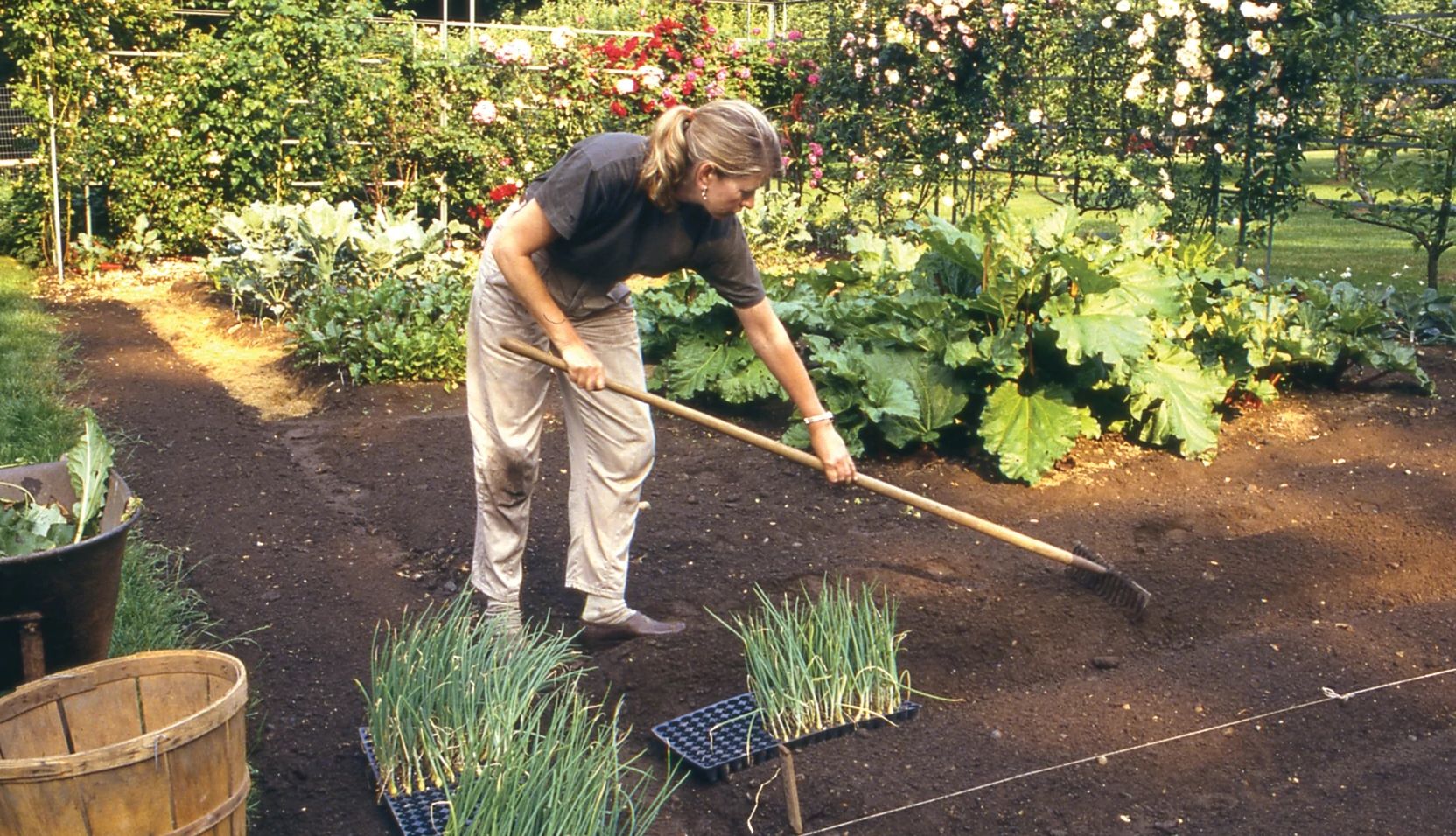
This interview has been edited for length and clarity.
What gardening accomplishment are you most proud of?
I’m especially proud of what I do with the things that I grow — like make my beautiful flowers book [Martha’s Flowers: A Practical Guide to Growing, Gathering, and Enjoying]. That is an extraordinarily beautiful book with fantastic flower gardens, and cut flowers, and arrangements and information about how to grow all the flowers. Just that one book would be the work of almost a lifetime for a gardener. I’ve done several.































































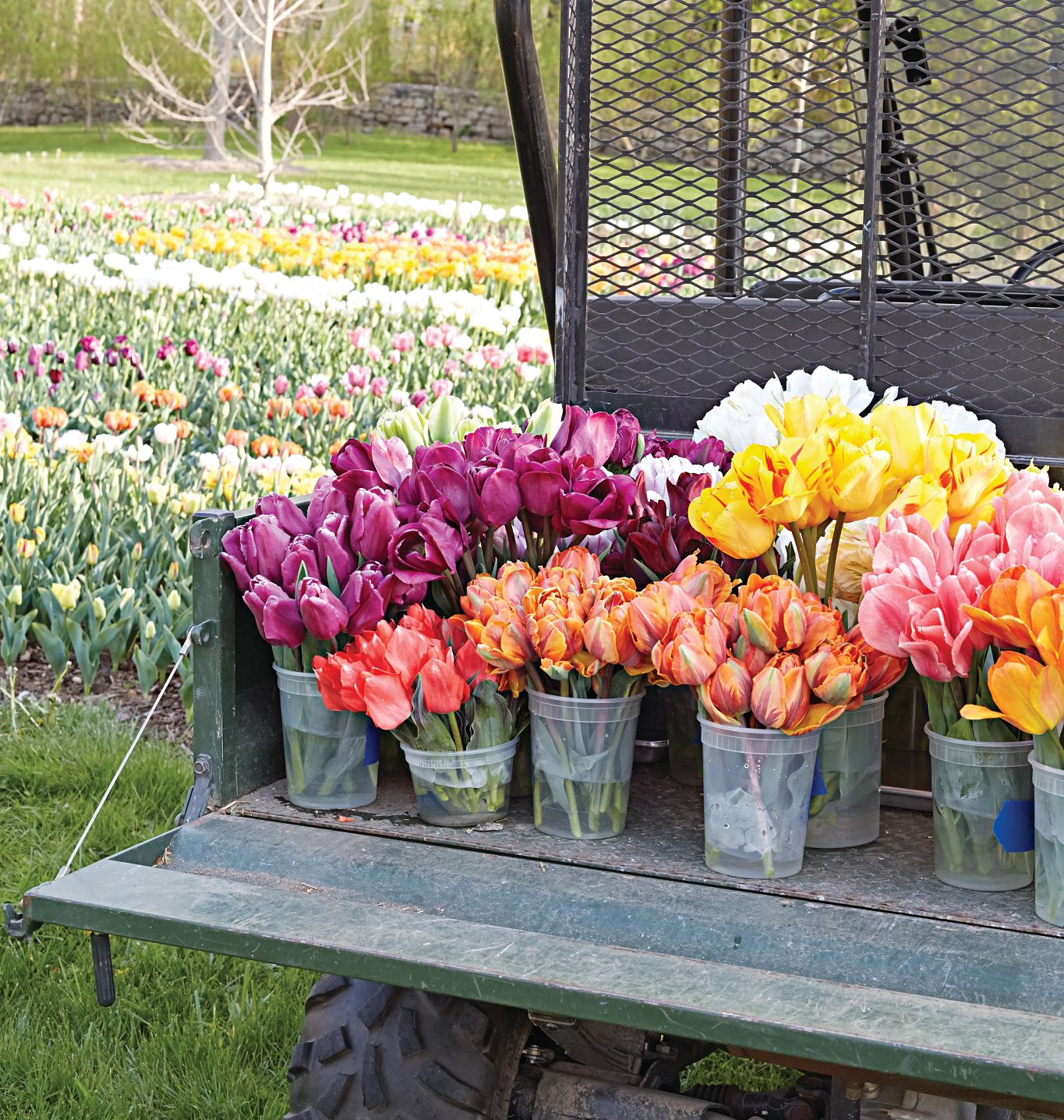


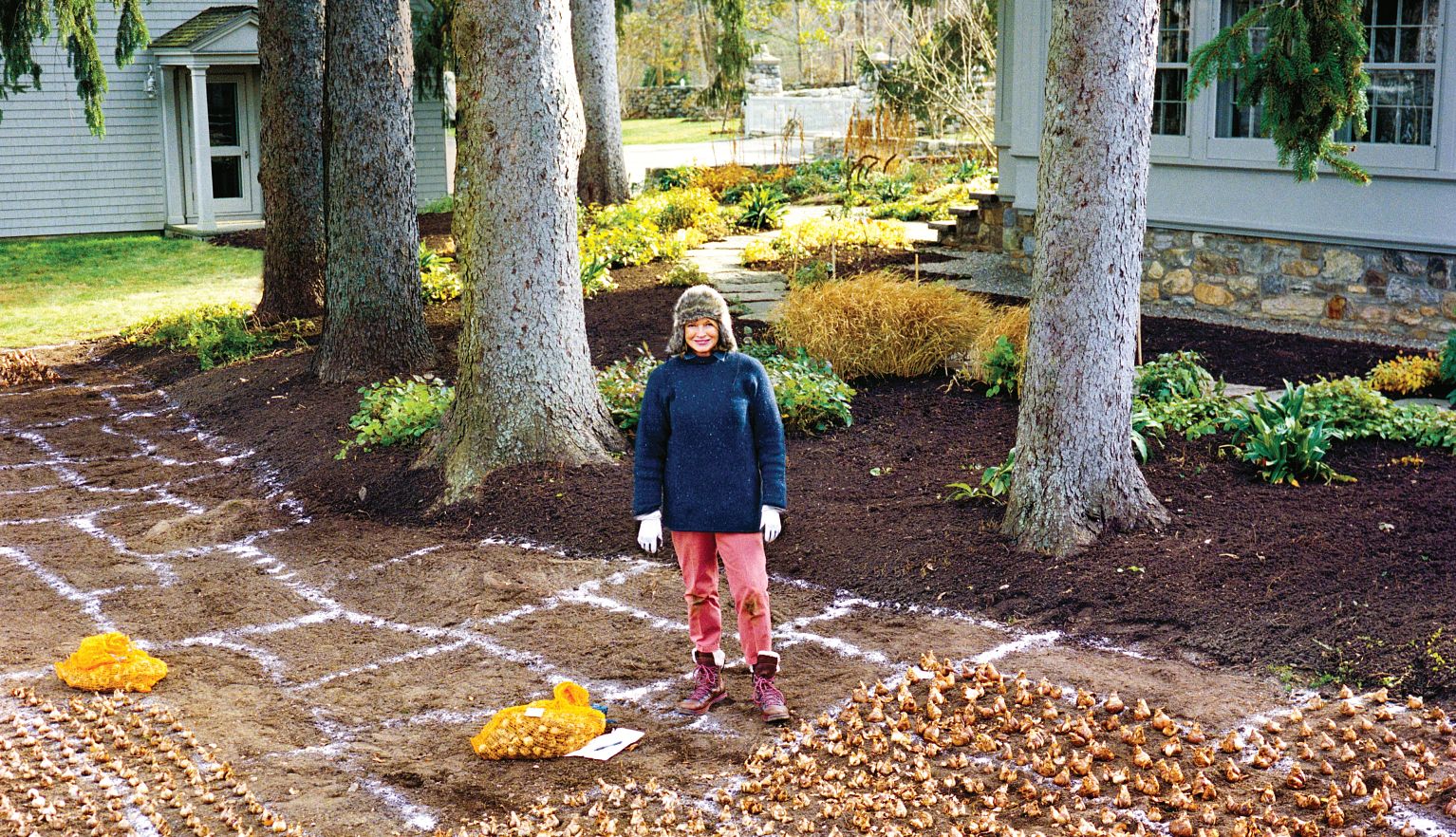

You Might Also Like
10 Unexpected, Low-Effort Recipes for Your Air Fryer
Air fryers, in case you haven't noticed, are still having a moment, and they are an excellent choice for older adults
Star Chef Alton Brown Talks Biscuits
In an excerpt from his new book, ‘Food for Thought’ he has the “exquisite pleasure” of replicating his grandmother’s biscuits
AARP Smart Guide to Laundry
The dirt on how to clean your clothes like a pro